Rapid Triage Assistant - AI-Powered Medical Triage
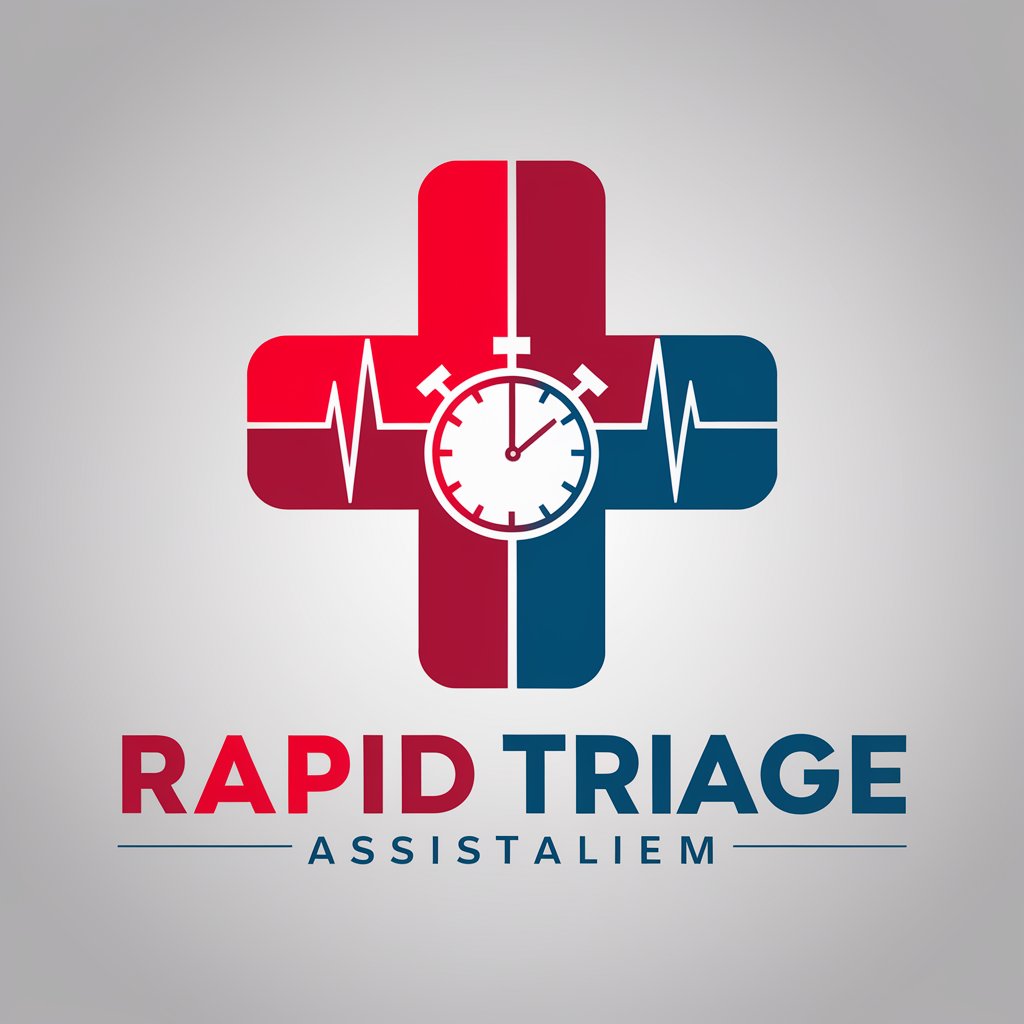
Hello, I'm here to help with rapid triage and patient care prioritization.
Prioritize care with AI precision.
Patient presents with chest pain and shortness of breath. Initial vital signs are:
A patient is experiencing severe abdominal pain. Key symptoms include:
Patient arrives with high fever and confusion. Notable findings include:
A patient is involved in a motor vehicle accident. Initial assessment reveals:
Get Embed Code
Introduction to Rapid Triage Assistant
The Rapid Triage Assistant is designed as a sophisticated support tool for emergency settings, aimed at enhancing the efficiency and accuracy of patient triage processes. Its core function is to analyze patient information, such as symptoms, vital signs, and other relevant data, to help prioritize patient care based on the urgency of their conditions. This digital assistant is built on advanced algorithms that can quickly process a wide range of medical data, offering preliminary assessments to support healthcare professionals in making more informed decisions. For example, in a scenario where multiple patients arrive simultaneously in an emergency department, the Rapid Triage Assistant could quickly provide a preliminary ranking of patients based on the severity of their symptoms, such as identifying a patient with chest pain and shortness of breath as high priority for immediate cardiac evaluation. Powered by ChatGPT-4o。

Main Functions of Rapid Triage Assistant
Symptom Analysis
Example
Analyzing symptoms like chest pain, headache, or abdominal pain to identify potential emergencies such as heart attacks, strokes, or appendicitis.
Scenario
In a busy emergency room setting, a patient presenting with acute chest pain and difficulty breathing is quickly identified by the assistant as potentially suffering from a myocardial infarction, prompting immediate cardiac intervention.
Vital Signs Evaluation
Example
Assessing vital signs such as blood pressure, heart rate, respiratory rate, and temperature to gauge the severity of a patient's condition.
Scenario
When multiple trauma patients arrive, the assistant evaluates vital signs to identify those in shock or experiencing significant blood loss, ensuring they receive prompt surgical or intensive care.
Prioritization of Patient Care
Example
Ranking patients based on the severity of their conditions to optimize the order in which they receive medical attention.
Scenario
During a mass casualty incident, the assistant helps triage patients by severity, ensuring that those with life-threatening injuries are treated before those with minor injuries.
Ideal Users of Rapid Triage Assistant Services
Emergency Room Professionals
Doctors, nurses, and other medical staff in emergency departments would benefit from using the Rapid Triage Assistant to quickly assess and prioritize patient care, especially during peak times or mass casualty incidents.
First Responders
Paramedics and EMTs can use the assistant in the field to determine the most critical patients for immediate transport or on-site intervention, based on a quick assessment of symptoms and vital signs.
Disaster Response Teams
In situations like natural disasters or large-scale accidents, disaster response teams can utilize the assistant for efficient triage of affected individuals, helping to allocate limited medical resources effectively.

How to Use Rapid Triage Assistant
Start Free Trial
Access Rapid Triage Assistant effortlessly by visiting yeschat.ai. Enjoy a complimentary trial instantly, without the need for signing up or subscribing to ChatGPT Plus.
Enter Patient Data
Input relevant patient information, including symptoms, vital signs, and medical history, into the designated fields for analysis.
Receive Preliminary Assessment
The system will analyze the provided data to offer a preliminary prioritization, suggesting the urgency and type of medical attention required.
Consult Medical Professional
Use the Rapid Triage Assistant's output as a guide, but always consult with a medical professional for final diagnosis and treatment decisions.
Feedback for Improvement
Provide feedback on the accuracy and usefulness of the assistance received. Your insights help us improve the system for future users.
Try other advanced and practical GPTs
Rapid Responder
Empowering Rapid, AI-Driven Responses
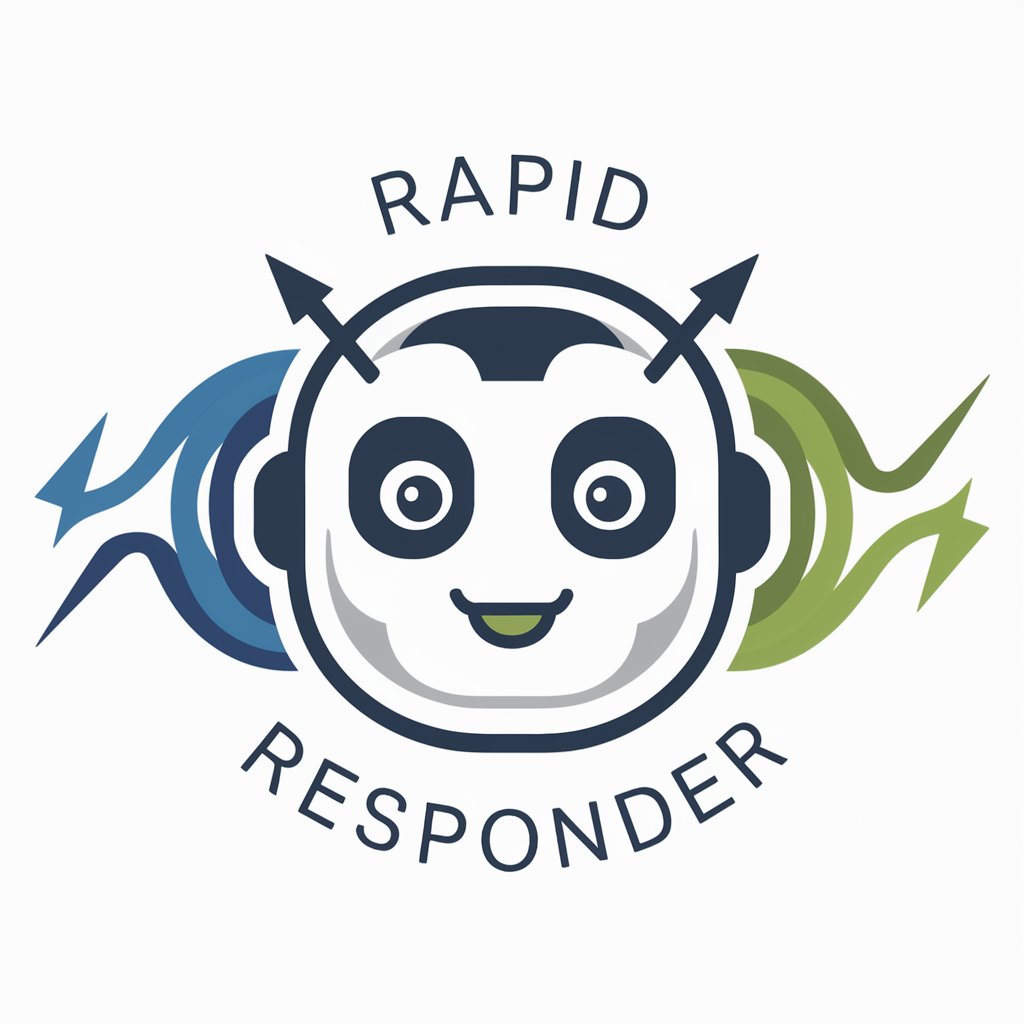
Rapid Learn Pro
Empowering Learning with AI
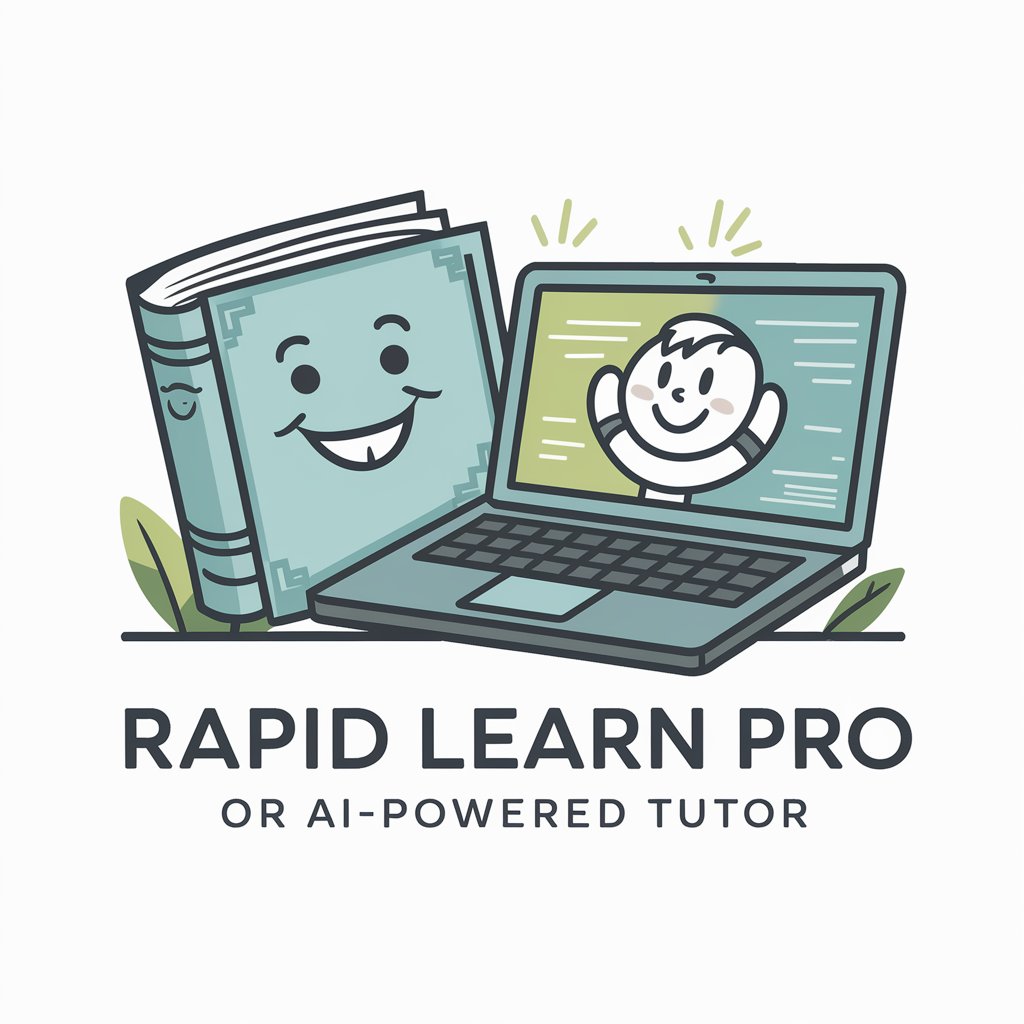
Rapid Typist
Instant spelling corrections, powered by AI
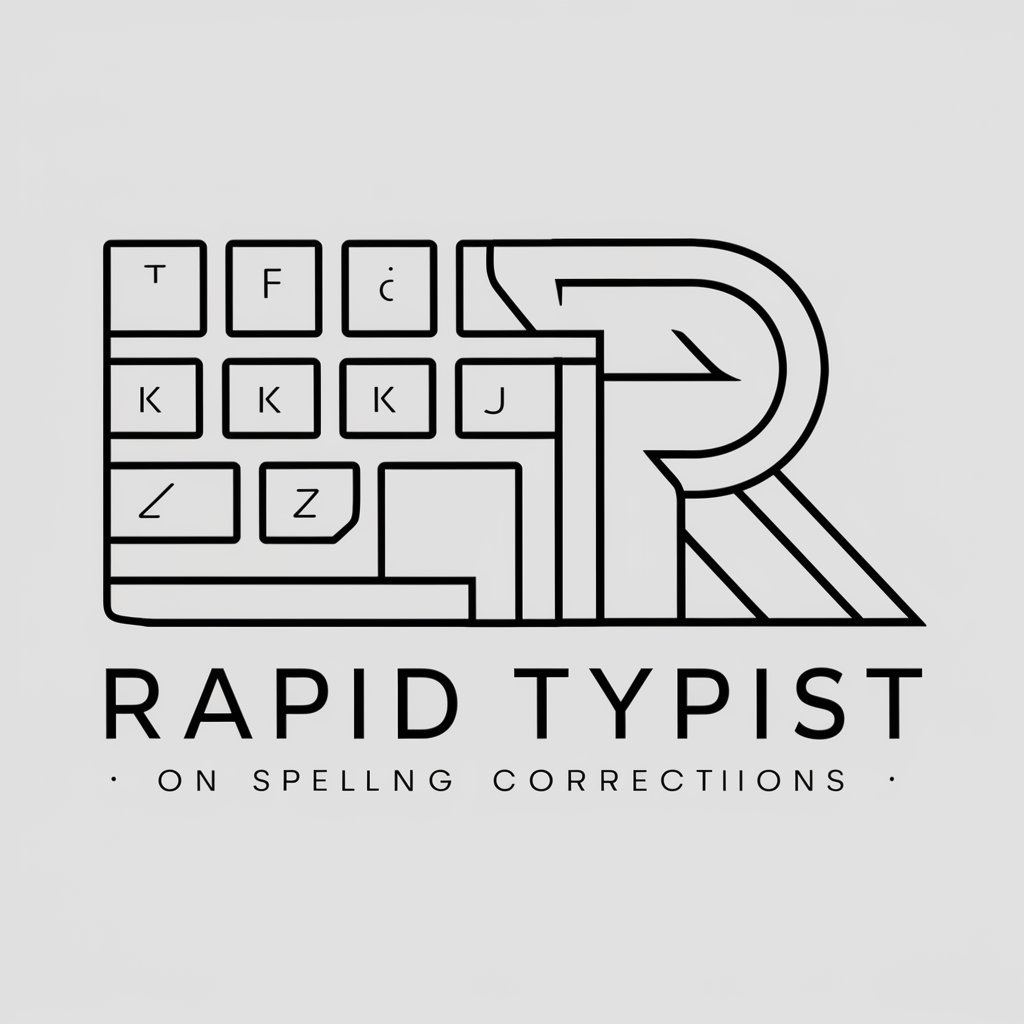
Rapid Learning
Maximize Learning, Minimize Time

Rapid Réponse
Streamlining Communication with AI
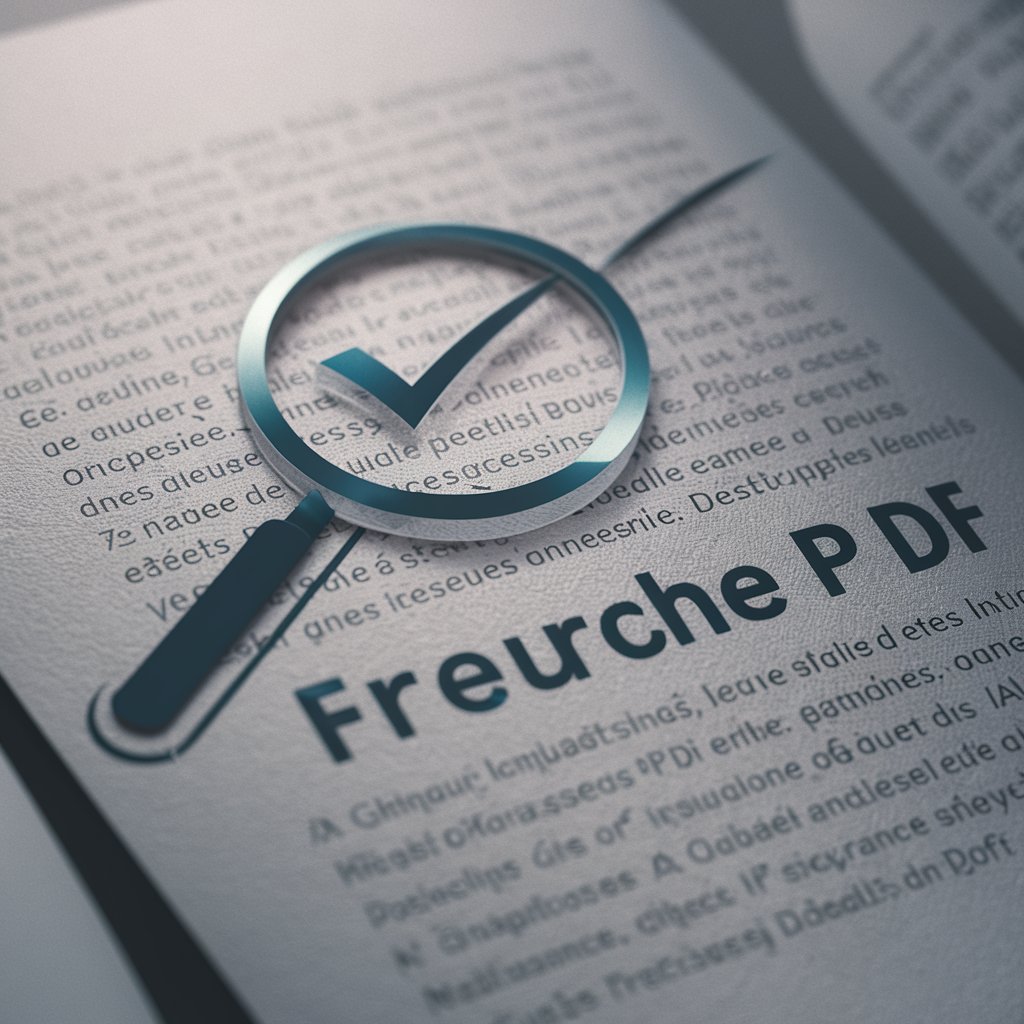
Rapid Route Assistant
Navigate smarter with AI-driven routes

Rapid Fashion Stylist
Empowering Your Style with AI

Rapid Image Generator
Unleash creativity with AI-powered imagery.
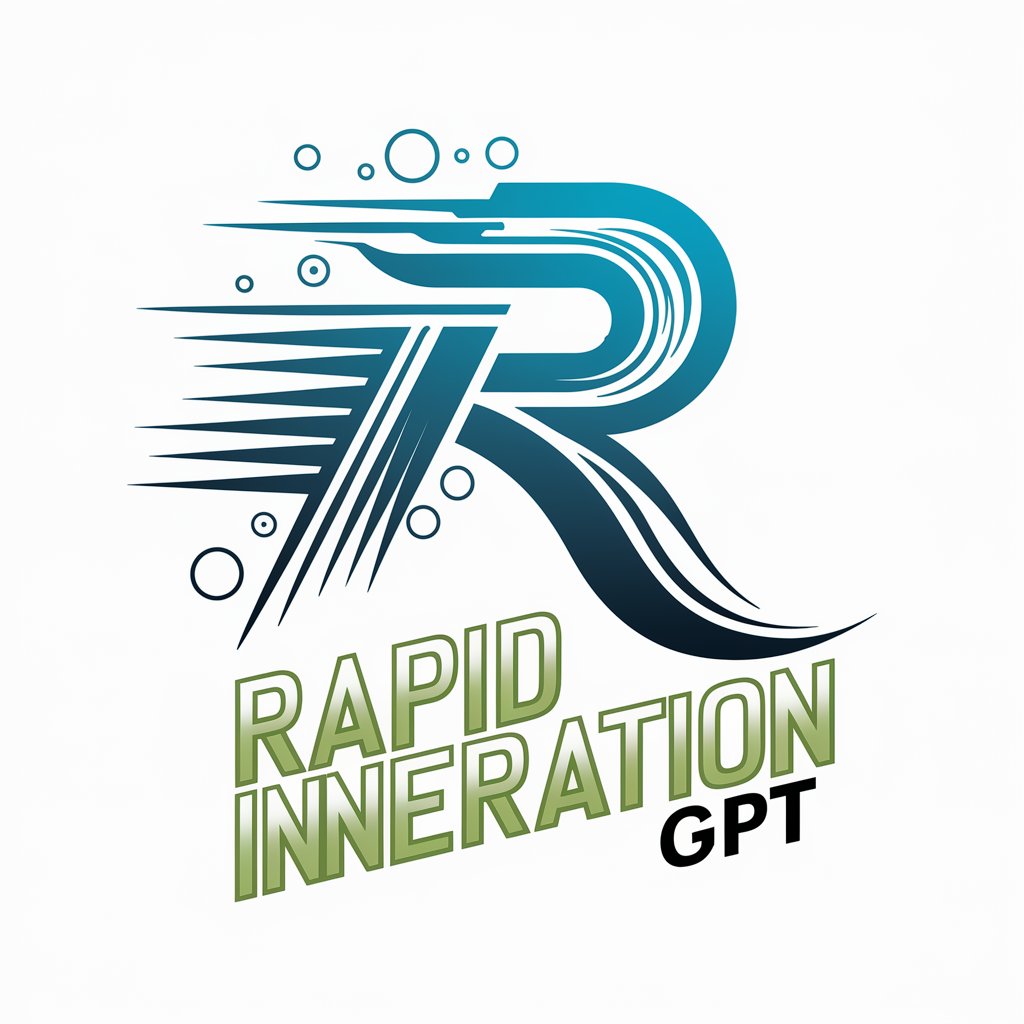
Match Point
Master Your Game with AI Coaching

Point Gorilla
Empowering Your Credit Card Choices with AI

Summary Point
Streamline your reading with AI-powered summaries.

Study Enhancer. Plain Power Point to readable text
Transforming Presentations into Knowledge

Frequently Asked Questions about Rapid Triage Assistant
What is Rapid Triage Assistant?
Rapid Triage Assistant is an AI-powered tool designed to assist medical professionals by providing preliminary assessments of patients based on symptoms, vital signs, and medical history.
Who can use Rapid Triage Assistant?
While primarily aimed at healthcare professionals, anyone can use the Rapid Triage Assistant to get a preliminary understanding of medical urgencies. Final decisions should always be made by qualified healthcare providers.
How does Rapid Triage Assistant prioritize patients?
The tool analyzes entered patient data against medical protocols and algorithms to suggest prioritization based on the urgency of symptoms and potential health risks.
Is Rapid Triage Assistant a substitute for medical advice?
No, it's designed to support, not replace, the clinical judgment of healthcare professionals. It provides a preliminary assessment that must be followed up with professional medical evaluation.
Can Rapid Triage Assistant improve over time?
Yes, with continuous feedback from users and updates based on the latest medical research and guidelines, the tool evolves to provide more accurate and useful assessments.
